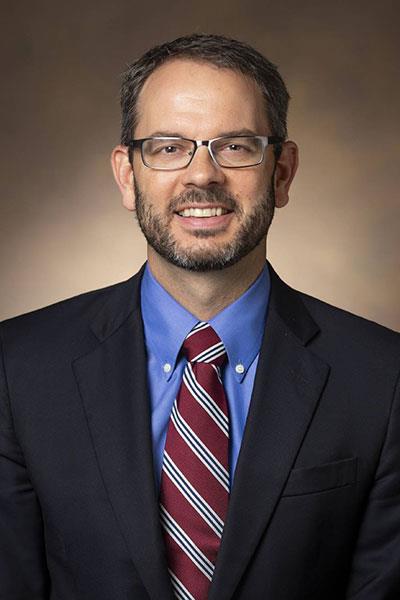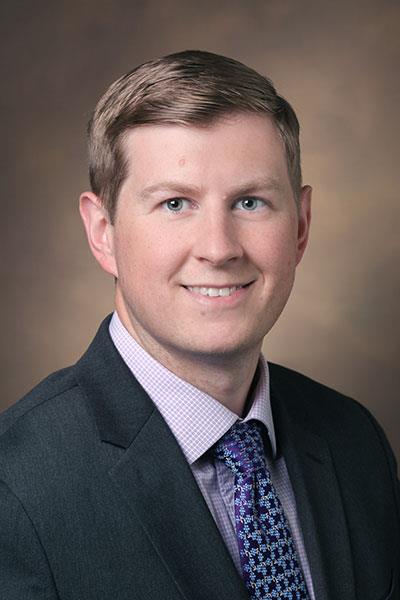What to Expect at a Brachial Plexus Clinic Visit
Overview
At Children's Hospital, treatment of brachial plexus birth injuries means developing a custom treatment plan for your child. This includes starting occupational therapy as early as possible. Therapy cannot heal the nerves faster, but it will help prevent stiffness and strengthen the recovering muscles.
Therapy is an important part of your child’s recovery plan. It helps them maximize their independence and participation in daily activities. A child's job is to grow, learn, do schoolwork and play. No matter your child's level of recovery, our goal is to help them develop the skills to become functional and independent adults.
Before your visit
We ask that you bring doctors' notes, therapy notes, copies of images such as X-rays and/or MRIs, and contact information for your family physicians to your first visit.
If your child is under 2 years of age, it is especially important and helpful for us to have your family doctor's contact information. Our treatment plans for these youngest of patients are specific. We want to explain them to your home therapist as clearly as possible.
Our occupational therapist is available to consult with your child's local therapist to understand your child's needs and develop a personalized treatment plan. This way we can work together with them to give your child the best possible care.
For patients in their first year of life
Babies with brachial plexus injuries will receive a range of motion screening. This helps our team know how well your baby's nerves are recovering from injury and will highlight differences in strength and/or movement. Passive range of motion, or stretching, is an important part of early treatment planning. We may also recommend exercises to strengthen weakened muscles during play. Range of motion screenings help the team determine if and when surgery may be helpful.
A typical therapy schedule for babies in the Nashville area is once a month until the first birthday. Frequency of visits to our multi-disciplinary clinic will vary.
For patients over 1 year old
Visit frequency will change with spontaneous recovery patterns, surgical interventions, developmental stage and home carry-over. Your therapist will continually re-evaluate your child's needs based on their growth and progress.
By the time a child reaches the age of 2 years, nerve recovery has usually stopped. At this point, we often shift our treatment to focus on the recovered nerves. Secondary consequences to initial brachial plexus nerve injury include muscle imbalances and bone or joint changes. Stretching, strengthening and splinting remain important in therapy. We incorporate adaptive or compensatory techniques to engage in everyday activities. Additional surgical interventions may be helpful depending on range of motion and strength limitations.
Treatment interventions and home exercise programs
A partnership between you and your child’s occupational therapist is critical in your child's recovery plan. Depending on the recovery of your child’s arm movements, the doctor may recommend the use of other treatment strategies including surgery, splinting, casting, electrical stimulation and/or Botox.
Range of motion
Your home exercise recommendations will involve slow stretching that should be done four to five times a day. Therapists will also prescribe play activities to strengthen recovering muscles.
Some parents worry about causing their babies discomfort or pain during these stretches. Stretching should not cause pain. If you notice signs of pain or discomfort in your baby during stretches, contact your healthcare provider for further evaluation.
Older patients will benefit from updated stretching and strengthening activities depending on their movement patterns. We sometimes use electrical stimulation during treatment sessions to improve muscle activation.
Developmental milestones
Joint protection is important in early recover stages. Many parents have questions about safe tummy time, which is vitally important for general development and strengthening of children with brachial plexus injuries. You should incorporate this often. Your therapist can help you learn more.
Splinting
A splint is a type of positioning support (custom or pre-fabricated) that can help to position or stretch a tight joint. Dynamic splints can also help facilitate movement of weak muscles. Your occupational therapist can collaborate with families about splinting options.
Modified constraint and constraint casting
For children, we sometimes use a modified constraint casting program to encourage movement of the injured arm. This discourages neglect of the weaker arm, providing intensive practice of developmental skills. Research suggests that consistent home exercise in constraint programs results in improved upper limb activity and participation.
Full constraint casting may be helpful for older children as well. Constraint program timelines will vary depending on the child. We work with your child to help them strengthen the weakened arm and adapt to their injury, improving how to use their affected arm in everyday activities.
Serial casting
We use serial casting to help some older patients progress toward improved range of motion. Each cast we apply will remain on for a certain number of days while your child adapts to it. Casts are progressively stretched week by week until we reach an optimal, functional position.
One way to think of serial casting is like dental braces. An orthodontist adjusts the braces many times during the years a child wears them. This slowly helps the teeth align into a normal position. We do the same thing with your child's affected arm, slowly, with adjustments over time.
Concerns and questions
Management of a brachial plexus birth injury is lifelong. Joints in the affected arm are prone to tighten as the limb develops, especially during growth spurts. We strongly recommend continuing therapy and prescribed exercises.
Related program
Meet Our Team
Kevin M. DaleMD
- Adolescent Sports Medicine, Orthopaedic Surgery, Orthopaedics, Pediatric Orthopaedics, Sports Medicine


